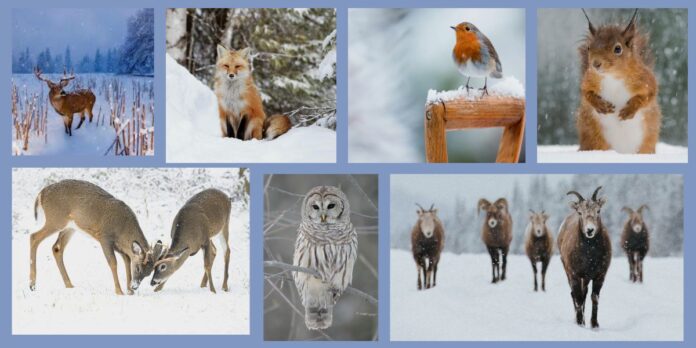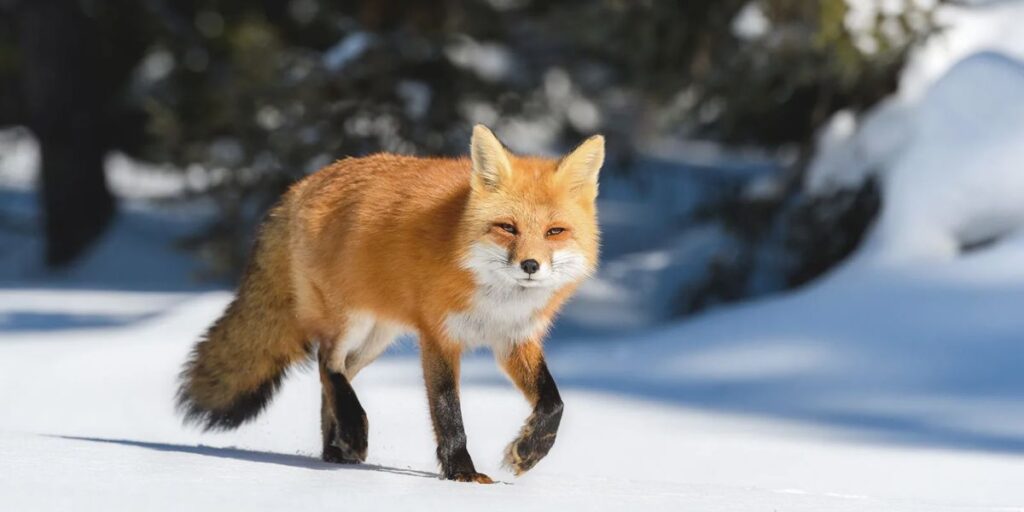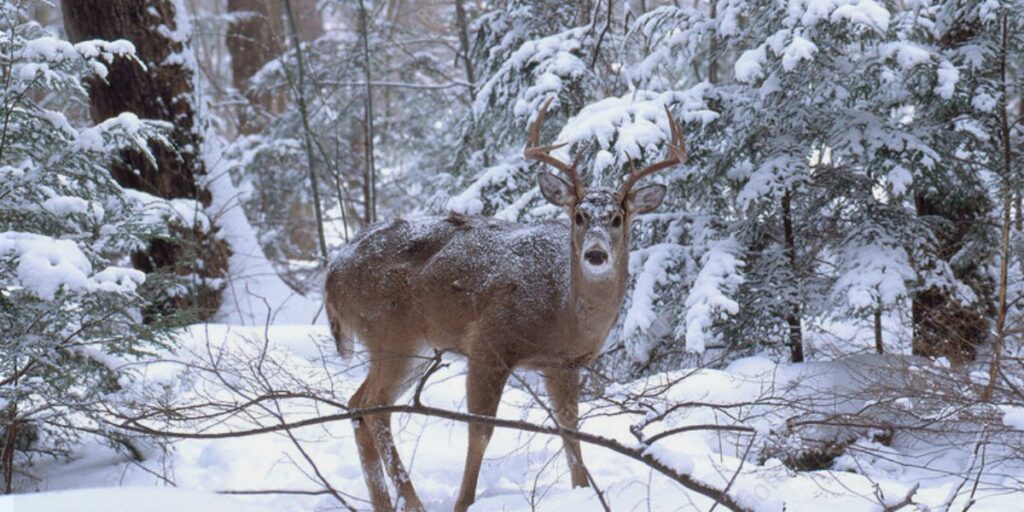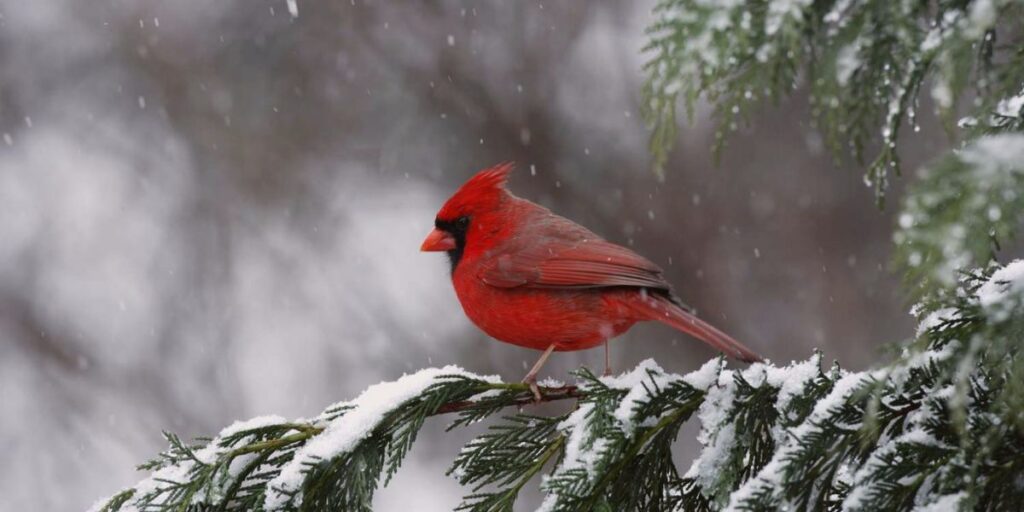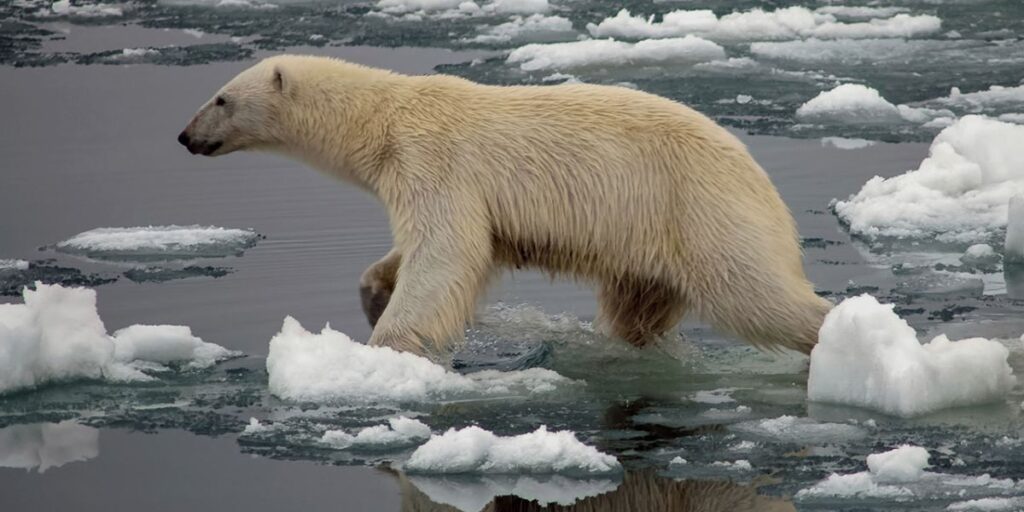As winter blankets the earth with snow and frost, many people retreat indoors, seeking warmth and comfort. However, nature continues to thrive, showcasing a diverse array of wildlife that has adapted to the colder months. Observing winter wildlife can be a rewarding experience, offering glimpses of the resilience and beauty of the animal kingdom. Here are some of the top winter wildlife species you might encounter, along with insights into their behaviors and adaptations.
Red Fox
The red fox is a common sight during the winter months, known for its striking orange-red fur and bushy tail. These clever hunters are often seen wandering through snowy landscapes in search of food. Red foxes have developed a thick layer of fur to keep warm and a keen sense of hearing to locate prey hidden beneath the snow. They primarily hunt small mammals, birds, and even scavenged remains, showcasing their adaptability. Their playful nature often leads them to engage in frolicking behavior in the snow, making them a delight to observe.
Snowy Owl
The snowy owl, with its striking white plumage and yellow eyes, is one of winter’s most captivating creatures. These majestic birds are often spotted in open fields and along coastlines, where they hunt for rodents and other small mammals. Adapted to cold climates, snowy owls have a layer of feathers that insulates them against the harsh winter chill. Their excellent camouflage against the snowy backdrop makes them a challenge to spot, but their presence is a true testament to winter’s magic.
White-tailed Deer
The white-tailed deer is a common sight across North America, particularly in winter. These animals have a unique adaptation: their coats thicken in winter, providing insulation against the cold. During this season, they often gather in groups, known as herds, which helps them stay warm and increases their chances of spotting predators. White-tailed deer are primarily herbivores, feeding on twigs, bark, and the remaining vegetation available during winter. Observing them in their natural habitat, especially against a snowy backdrop, can be a serene experience.
Bald Eagle
As winter sets in, the bald eagle becomes more visible, especially near open water sources where they can hunt for fish. These magnificent birds of prey are known for their impressive wingspans and striking white heads and tails. During winter, eagles often congregate near unfrozen lakes and rivers, where they can find food. Their keen eyesight allows them to spot prey from great heights, making them expert hunters. Observing a bald eagle in flight, soaring against a crisp blue sky, is a breathtaking sight.
Northern Cardinal
The northern cardinal is a vibrant splash of color in the often-muted winter landscape. Male cardinals, with their brilliant red plumage, are particularly eye-catching against the backdrop of snow. These birds are known for their beautiful songs and are often seen at backyard feeders during the winter months. Northern cardinals are not migratory, so they stay in their territories year-round. Providing bird feeders filled with seeds and nuts can attract them to your yard, offering a wonderful opportunity for winter wildlife observation.
Snowshoe Hare
The snowshoe hare is a remarkable example of winter adaptation. Its fur changes color with the seasons, turning white in winter to blend seamlessly into the snowy environment. These hares have large hind feet that act as snowshoes, allowing them to navigate through deep snow with ease. During winter, they primarily feed on the bark of trees and shrubs. The snowshoe hare’s ability to remain camouflaged helps it evade predators such as foxes and owls, showcasing nature’s incredible survival strategies.
Hibernating Bears
While many wildlife species are active during winter, some, like bears, enter a state of hibernation. Black bears and grizzly bears typically retreat to dens during the coldest months, entering a deep sleep where their metabolic rate slows significantly. This adaptation allows them to conserve energy while food is scarce. While bears may not be seen during winter, their presence is still felt in the ecosystem, as their hibernation plays a critical role in maintaining balance within their habitats.
Conclusion
Winter wildlife offers a unique glimpse into the resilience of nature. From the cunning red fox to the majestic bald eagle, these animals have adapted to survive in the harsh conditions of winter. Observing these creatures in their natural habitats can be a rewarding experience, reminding us of the beauty and diversity of the natural world. Whether through birdwatching, hiking, or simply gazing out of your window, embracing the wonders of winter wildlife can enrich our understanding of nature and its remarkable inhabitants. So, bundle up, head outside, and discover the enchanting world of winter wildlife waiting just beyond your doorstep.

